Home>Articles>How Much Does It Cost To Run An Oil Filled Space Heater
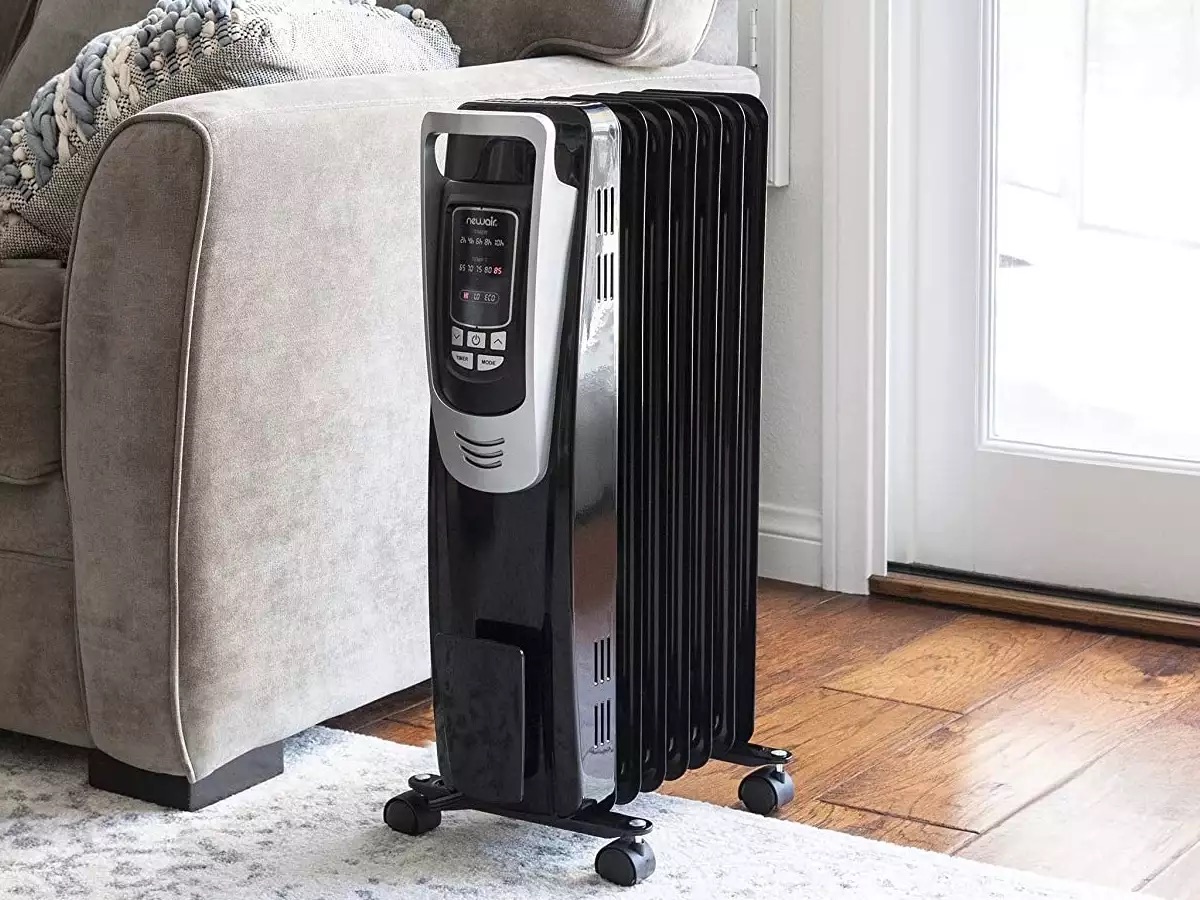

Articles
How Much Does It Cost To Run An Oil Filled Space Heater
Modified: August 27, 2024
Discover the average cost of running an oil-filled space heater and explore helpful articles on efficient heating solutions.
(Many of the links in this article redirect to a specific reviewed product. Your purchase of these products through affiliate links helps to generate commission for Storables.com, at no extra cost. Learn more)
Introduction
Oil-filled space heaters are a popular choice for providing warmth and comfort during the colder months. They are known for their efficiency and ability to heat large areas effectively. However, before purchasing an oil-filled space heater, it’s important to consider the cost of running such a device. Understanding the factors that contribute to the cost of operating an oil-filled space heater can help you make an informed decision and manage your energy usage efficiently.
In this article, we will explore the various aspects that affect the cost of running an oil-filled space heater and provide you with helpful tips to minimize your energy expenses. By the end, you will have a clear understanding of the cost implications associated with using this type of heating device.
Key Takeaways:
- Understanding the factors that affect the cost of running an oil-filled space heater, such as power rating, duration of use, and energy rates, can help you make informed decisions and optimize your energy usage for cost-effective heating.
- By implementing energy-saving practices like optimizing thermostat settings, improving insulation, and utilizing zone heating, you can effectively reduce the cost of running an oil-filled space heater while maintaining a warm and comfortable space.
Read more: How Much Does A Fan Cost To Run
Understanding Oil Filled Space Heaters
Oil-filled space heaters are electric heaters that use oil as a heat transfer medium. Inside the heater, there is a heating element that warms up the oil. Instead of blowing hot air directly into the room, the heat from the oil-filled heater radiates out, heating the surrounding air.
One of the key advantages of oil-filled space heaters is their ability to provide a steady and consistent level of heat. Unlike other types of heaters that cycle on and off, oil-filled heaters maintain a constant temperature once they reach their desired setting. This makes them ideal for long-duration heating needs, such as keeping a room warm overnight.
Additionally, oil-filled space heaters are known for their safety features. Since the heating element is submerged in oil, the risk of fire or overheating is significantly reduced. Many models also come with built-in features like tip-over and overheat protection, further enhancing their safety.
It’s important to note that oil-filled space heaters do not require any additional oil as they are designed to be sealed and permanently filled with oil. This means that you won’t need to worry about refilling or replacing the oil during the heater’s lifespan. This convenience, combined with their effectiveness and safety features, makes oil-filled space heaters a popular choice for households and small spaces.
Factors Affecting the Cost of Running an Oil Filled Space Heater
Several factors contribute to the overall cost of running an oil-filled space heater. Understanding these factors can help you estimate and manage your energy expenses effectively.
- Power Rating: The power rating of the heater, measured in watts, determines its energy consumption. Higher wattage heaters will consume more electricity, resulting in increased operating costs.
- Duration of Use: The length of time the heater is operational directly impacts energy consumption. The longer you use the heater, the higher the cost will be.
- Room Size and Insulation: The size and insulation of the room in which the heater is used can impact the heater’s efficiency. Larger rooms or poorly insulated spaces may require more energy to reach and maintain the desired temperature.
- Thermostat Setting: The temperature setting on the thermostat affects the heater’s energy consumption. Higher temperature settings will use more energy to achieve and maintain the desired heat level.
- Energy Rates: The cost of electricity varies depending on your location and energy provider. It’s essential to be aware of the current energy rates to accurately estimate the cost of running your oil-filled space heater.
It’s worth noting that oil-filled space heaters are designed to be energy efficient. They distribute heat evenly and utilize the stored heat from the oil reservoir, reducing the need for constant energy consumption. However, certain factors can impact their efficiency, such as the condition and maintenance of the heater and its placement in the room.
Understanding these factors will allow you to have greater control over the cost of running an oil-filled space heater and make informed decisions about heating your space efficiently.
Cost of Electricity
The cost of electricity is a significant factor that determines the overall expense of operating an oil-filled space heater. Electricity rates can vary depending on your location and the time of day you use the heater.
It’s essential to be aware of the current electricity rates in your area to accurately assess the cost implications of running your heater. You can typically find this information on your utility provider’s website or by contacting their customer service.
Electricity rates are typically measured in kilowatt-hours (kWh). To calculate the cost of running your oil-filled space heater, you need to know the wattage of the heater and the average amount of time you use it daily. Multiply the wattage by the hours of usage to get the total watt-hours consumed. Then, divide this number by 1000 to convert it to kilowatt-hours (kWh). Finally, multiply the kWh by the electricity rate to determine the cost of operating the heater for that time period.
For example, if your heater has a power rating of 1500 watts and you use it for 5 hours a day, the calculation would be as follows:
1500 watts x 5 hours = 7500 watt-hours
7500 watt-hours ÷ 1000 = 7.5 kWh
If the electricity rate is $0.12 per kWh, the cost of running the heater for five hours would be:
$0.12 x 7.5 kWh = $0.90
It’s important to note that electricity rates can fluctuate or have different rates during peak and off-peak hours. Additionally, some utility providers offer discounts or special rates for certain times of the day or seasons. Being aware of these variations can help you optimize your energy usage and reduce costs.
By understanding and monitoring the cost of electricity, you can make informed decisions about when and how long to run your oil-filled space heater, ultimately managing your expenses effectively.
To estimate the cost of running an oil-filled space heater, you can use the formula: (Wattage of heater x hours used per day x cost of electricity per kWh) / 1000 = daily cost. This will give you an idea of the daily operating cost of the heater.
Energy Efficiency of Oil Filled Space Heaters
Oil-filled space heaters are known for their energy efficiency, making them a cost-effective heating option for many households. Understanding the energy efficiency of these heaters can help you maximize their performance and minimize your energy expenses.
One of the key factors contributing to the energy efficiency of oil-filled space heaters is their design. These heaters utilize oil as a heat transfer medium, meaning the oil is heated by an internal heating element, and then the heat is slowly released into the surrounding air via convection and radiation. This allows the heater to maintain a consistent temperature without the need for continuous energy consumption.
Additio
Furthermore, oil-filled space heaters are equipped with thermostats and timers, allowing you to set specific temperature levels and control the duration of operation. It is recommended to set the thermostat to a comfortable but efficient temperature to ensure optimal energy usage.
Additionally, many oil-filled space heaters come with built-in safety features that enhance their energy efficiency. These features include automatic shut-off mechanisms when the desired temperature is reached or if the heater is accidentally tipped over. This helps prevent unnecessary energy consumption and minimizes the risk of overheating.
It’s worth noting that the energy efficiency of oil-filled space heaters can be affected by external factors such as room size and insulation. Larger rooms or rooms with poor insulation may require more energy to reach and maintain the desired temperature. Therefore, it’s crucial to ensure adequate insulation and consider the heater’s wattage when selecting a model for your space.
When comparing energy efficiency among different models, look for heaters with an energy-saving mode or an Energy Star certification. These features indicate that the heater has met specific efficiency criteria set by regulatory bodies to promote energy efficiency and reduce greenhouse gas emissions.
Regular maintenance of your oil-filled space heater can also contribute to its energy efficiency. Keep the heater clean, remove any dust or debris, and ensure proper airflow around the unit. This will help the heater operate at its optimal performance and prevent energy wastage.
By considering the energy efficiency of oil-filled space heaters and taking steps to maximize their performance, you can enjoy a warm and comfortable space while keeping your energy costs under control.
Read more: How Much Does An AC Cost To Run
Calculating the Cost of Running an Oil Filled Space Heater
Calculating the cost of running an oil-filled space heater requires a few key pieces of information, such as the heater’s wattage, the average hours of usage, and the cost of electricity per kilowatt-hour (kWh).
Here’s a step-by-step guide on how to calculate the cost of running an oil-filled space heater:
- Find the wattage: Locate the wattage rating of your heater, typically indicated on the appliance itself or in the user manual. The wattage determines the amount of electricity the heater consumes when operating.
- Estimate the hours of usage: Determine the average number of hours you plan to use the heater daily. This estimation can vary depending on your heating needs and habits.
- Convert watt-hours to kilowatt-hours (kWh): Multiply the wattage value by the hours of usage to get the total watt-hours consumed. Then, divide this number by 1000 to convert it to kilowatt-hours (kWh). This conversion is necessary because electricity rates are typically measured in kWh.
- Multiply kWh by the electricity rate: Multiply the kWh consumption by the cost of electricity per kilowatt-hour. You can find this information on your electricity bill or by contacting your utility provider. This will give you the cost of running the heater for the specified hours of usage.
For example, let’s say your oil-filled space heater has a wattage rating of 1500 watts, and you plan to use it for 4 hours a day. The electricity rate is $0.10 per kilowatt-hour (kWh). The calculation would be as follows:
1500 watts x 4 hours = 6000 watt-hours
6000 watt-hours ÷ 1000 = 6 kWh
$0.10 x 6 kWh = $0.60
In this example, running the oil-filled space heater for 4 hours would cost $0.60.
Remember, this calculation provides an estimate of the running cost based on the specified wattage, hours of usage, and energy rate. The actual cost may vary depending on other factors like room size, insulation, and thermostat settings.
By calculating the cost of running an oil-filled space heater, you can make informed decisions about your energy usage and budget effectively for your heating needs.
Tips to Reduce the Cost of Running an Oil Filled Space Heater
Running an oil-filled space heater efficiently can help minimize energy expenses while still keeping your space warm and comfortable. Here are some tips to reduce the cost of running your oil-filled space heater:
- Optimize thermostat settings: Set the thermostat to a comfortable temperature, but avoid setting it higher than necessary. Every degree increase can significantly impact energy consumption, so finding the optimal temperature can help reduce costs.
- Use timers or programmable thermostats: Utilize timers or programmable thermostats to control when the heater operates. Program the heater to turn on before you wake up or come home and turn off when you don’t need it. This helps avoid wasting energy while ensuring your space is warm when you need it.
- Close doors and seal gaps: To prevent heat from escaping, make sure to close doors and seal any gaps or drafts around windows and doors. This will help maintain the desired temperature in the room and reduce the workload on the heater.
- Insulate your space: Improve insulation in your room or space by adding weatherstripping to windows and doors or using draft stoppers. Better insulation will retain heat more effectively, allowing the heater to run less frequently and consume less energy.
- Consider zone heating: Instead of heating your entire home, focus on heating specific areas or rooms using zone heating. This way, you can reduce energy consumption by only heating the spaces in use, rather than the entire house.
- Dress warmly: Layer up with warm clothing and use blankets to stay cozy. By keeping yourself warm, you can lower the thermostat setting on your heater and reduce energy usage.
- Regular maintenance: Keep your oil-filled space heater clean and well-maintained to ensure optimal performance. Dust and debris can hinder heat transfer and reduce efficiency. Refer to the manufacturer’s instructions for proper cleaning and maintenance guidelines.
- Utilize natural warmth sources: Take advantage of natural warmth sources during the day, such as sunlight. Open curtains or blinds during sunny hours to let sunlight warm up the room naturally.
By implementing these tips, you can effectively reduce the cost of running your oil-filled space heater and improve energy efficiency. It’s important to find a balance between comfort and energy conservation to achieve the best results.
Remember, every effort to optimize energy usage counts, and even small changes can add up to significant savings over time.
Conclusion
Oil-filled space heaters provide an efficient and effective way to heat your space during the colder months. However, it’s important to consider the cost of running these heaters to manage your energy expenses effectively. By understanding the factors that affect the cost of operating an oil-filled space heater, you can make informed decisions and optimize your energy usage.
Factors such as power rating, duration of use, room size, insulation, thermostat settings, and energy rates all play a role in determining the cost of running an oil-filled space heater. By considering these factors, you can estimate the potential cost and make adjustments to minimize energy consumption.
Calculating the cost of running an oil-filled space heater involves analyzing the wattage, hours of usage, and electricity rates to determine the expense. This calculation helps you budget for the heater’s operation and make educated choices about your energy usage.
To reduce the cost of running your oil-filled space heater, consider implementing energy-saving practices such as optimizing thermostat settings, using timers or programmable thermostats, closing doors and sealing gaps, improving insulation, using zone heating, dressing warmly, and performing regular maintenance. These actions can significantly reduce energy consumption and lower your heating expenses.
Remember that finding a balance between comfort and energy conservation is key. By implementing energy-efficient practices, you can enjoy a warm and cozy space while keeping your energy costs under control.
In conclusion, being mindful of the cost of running an oil-filled space heater and implementing energy-saving measures can contribute to a more cost-effective and environmentally friendly heating experience. Stay warm, save money, and be conscious of your energy consumption.
Frequently Asked Questions about How Much Does It Cost To Run An Oil Filled Space Heater
Was this page helpful?
At Storables.com, we guarantee accurate and reliable information. Our content, validated by Expert Board Contributors, is crafted following stringent Editorial Policies. We're committed to providing you with well-researched, expert-backed insights for all your informational needs.

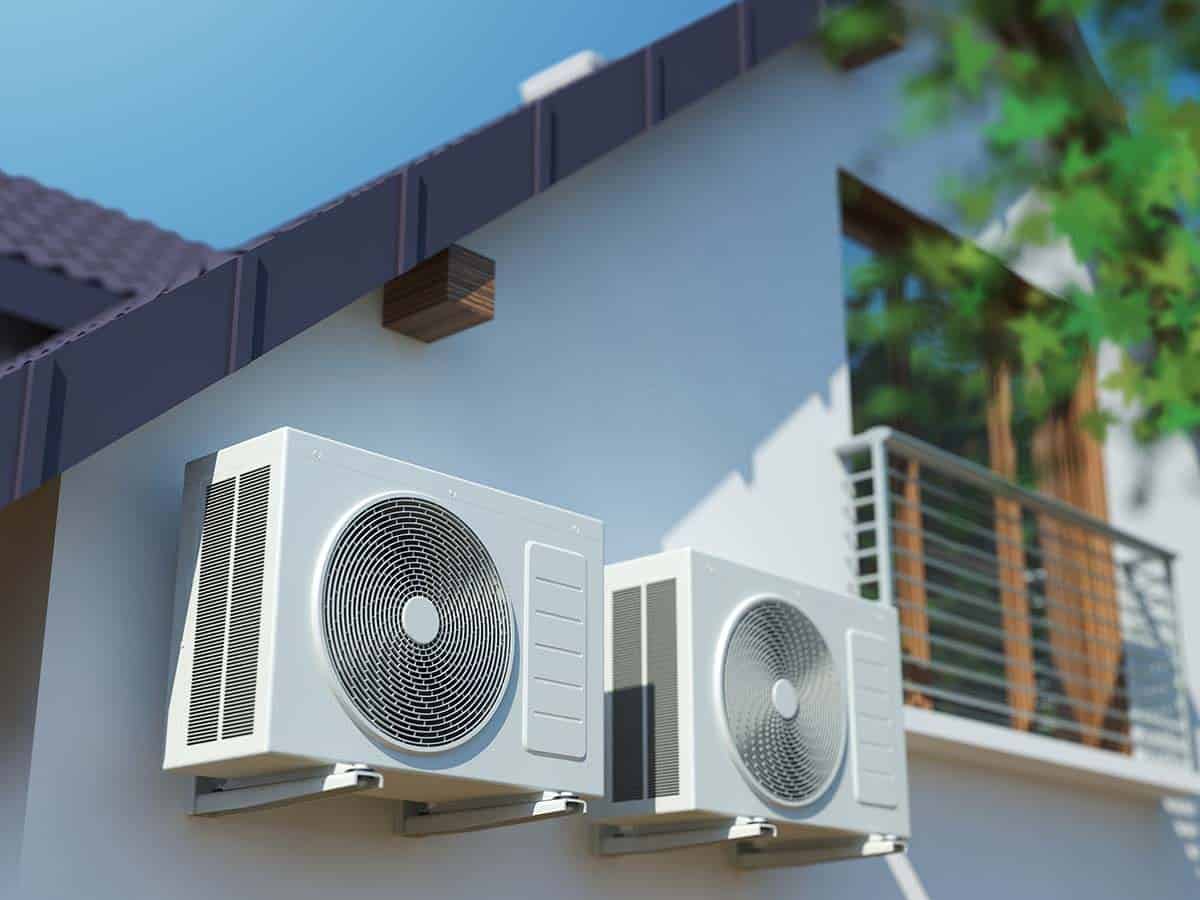





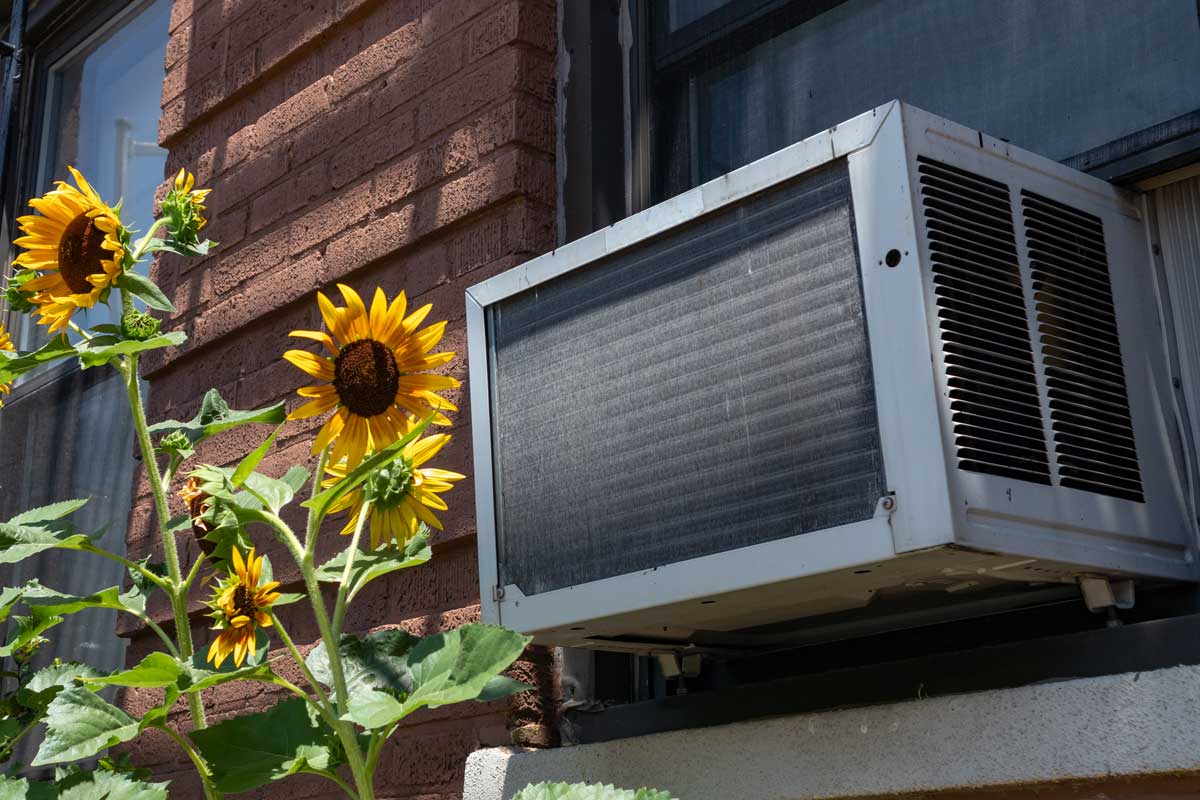
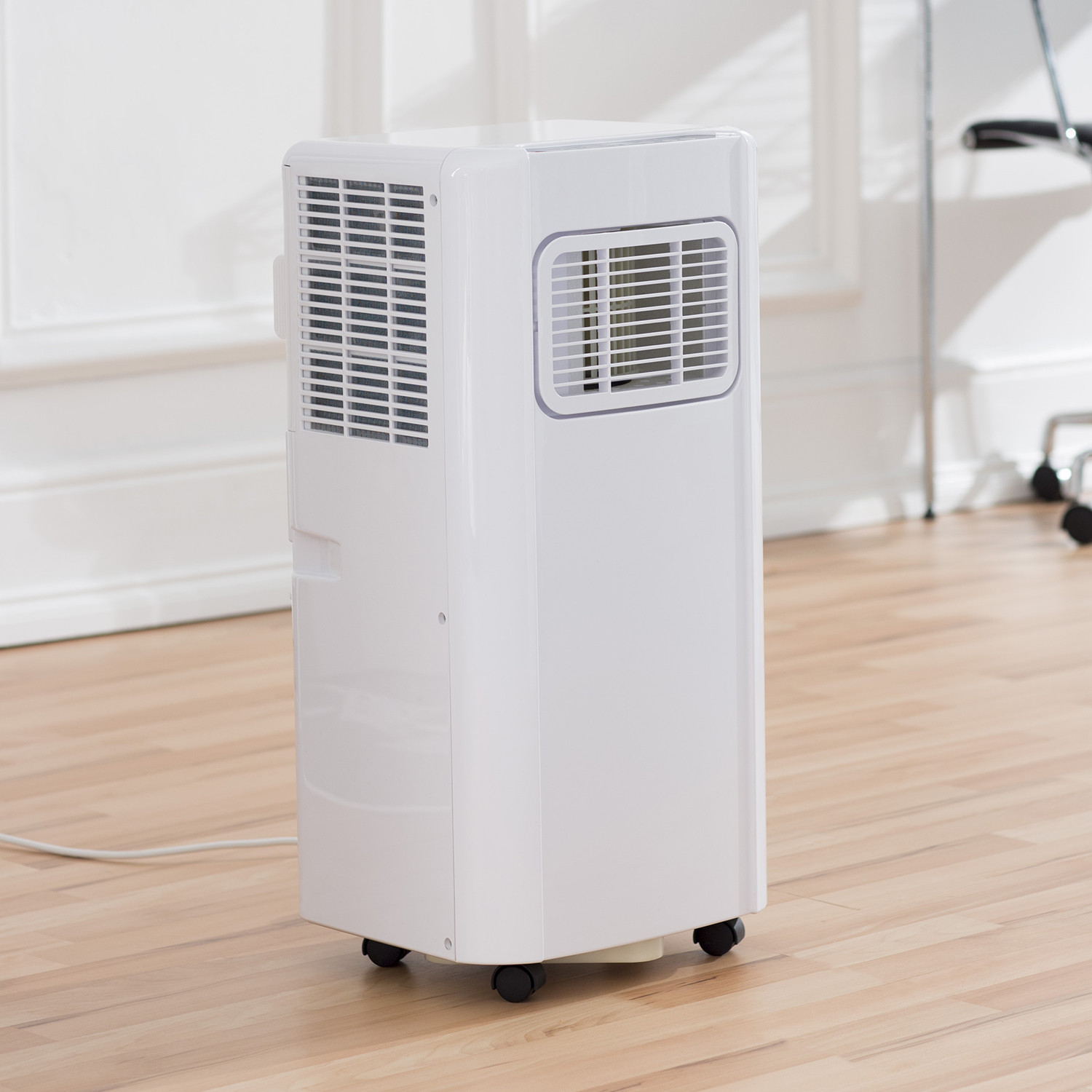

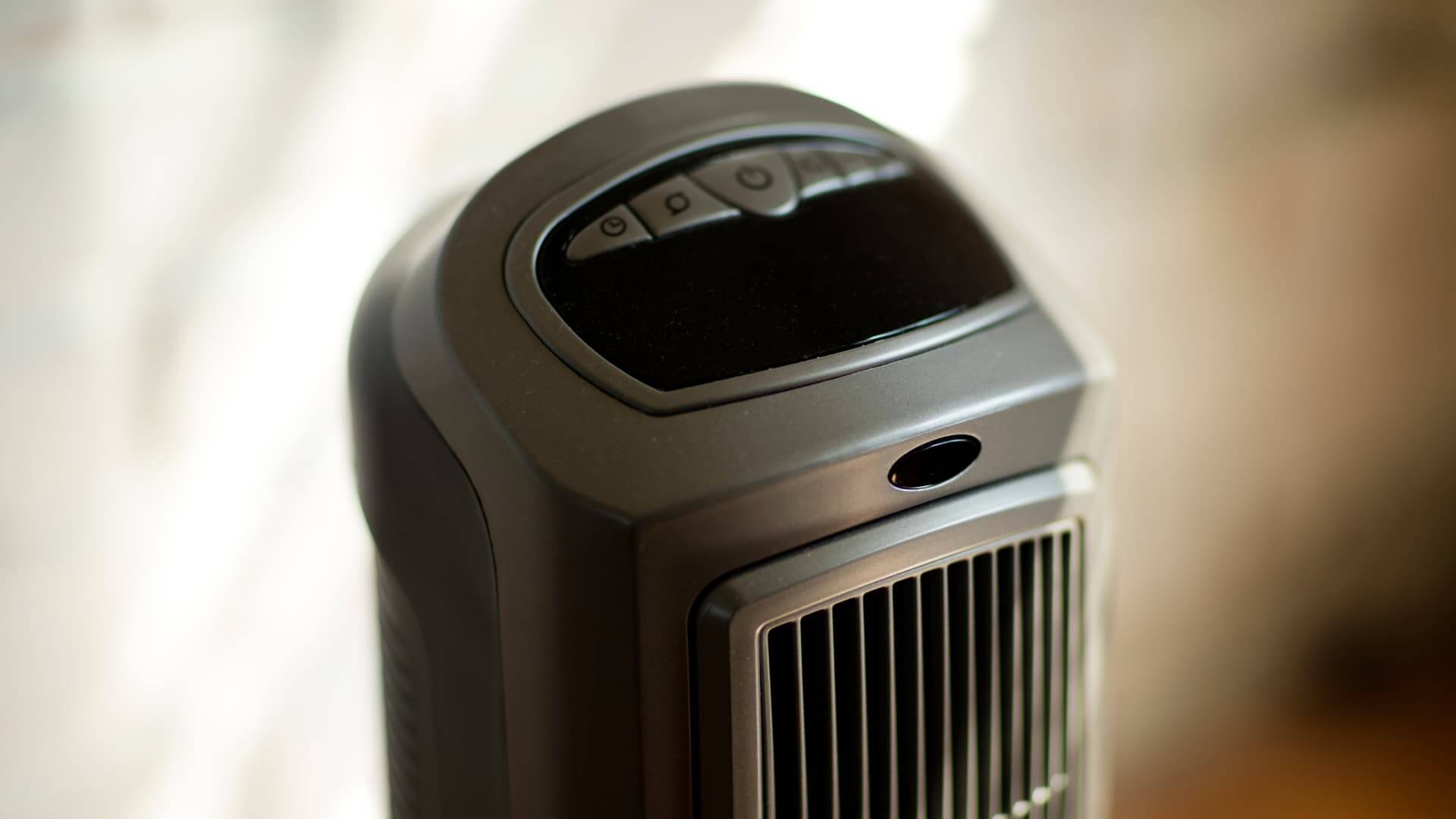
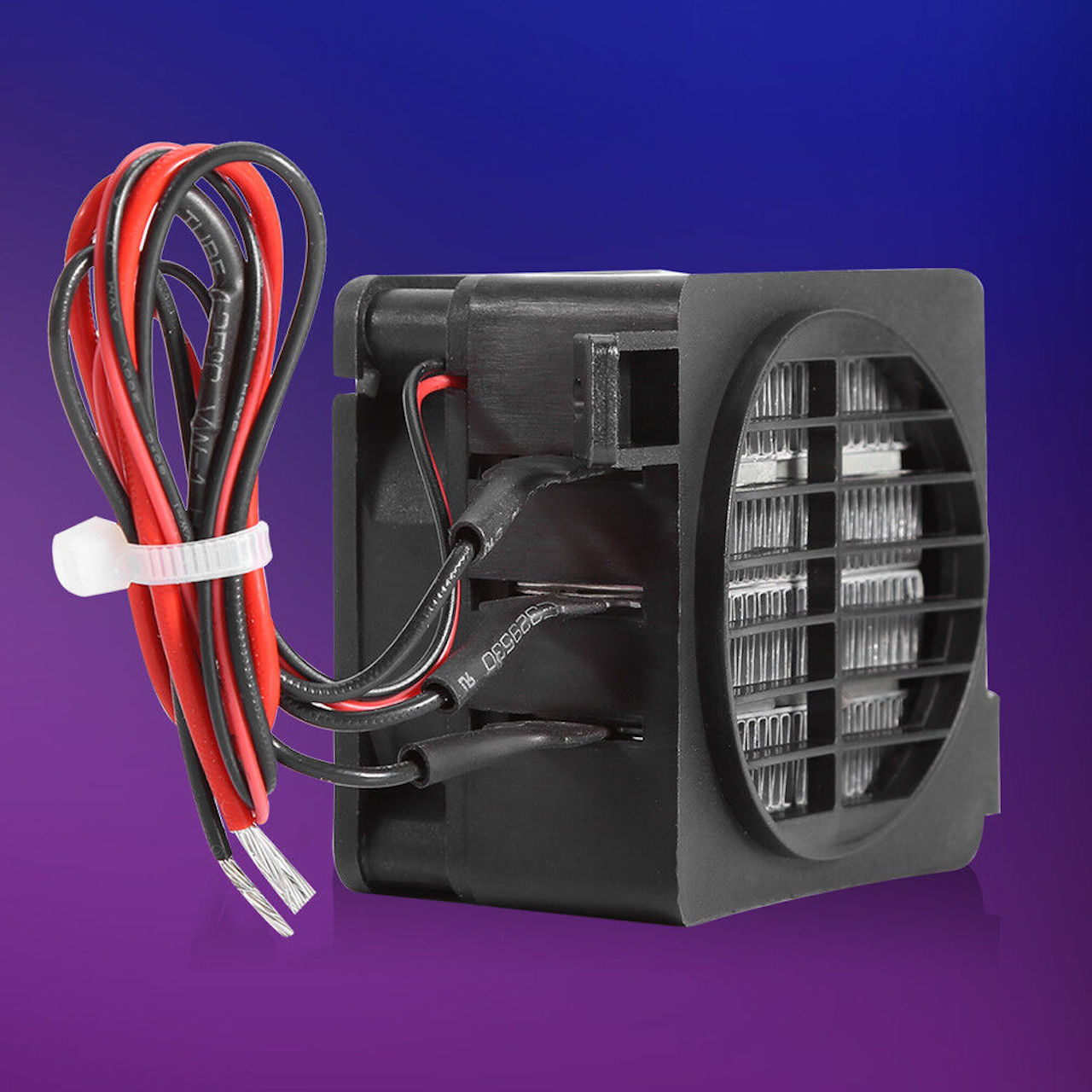
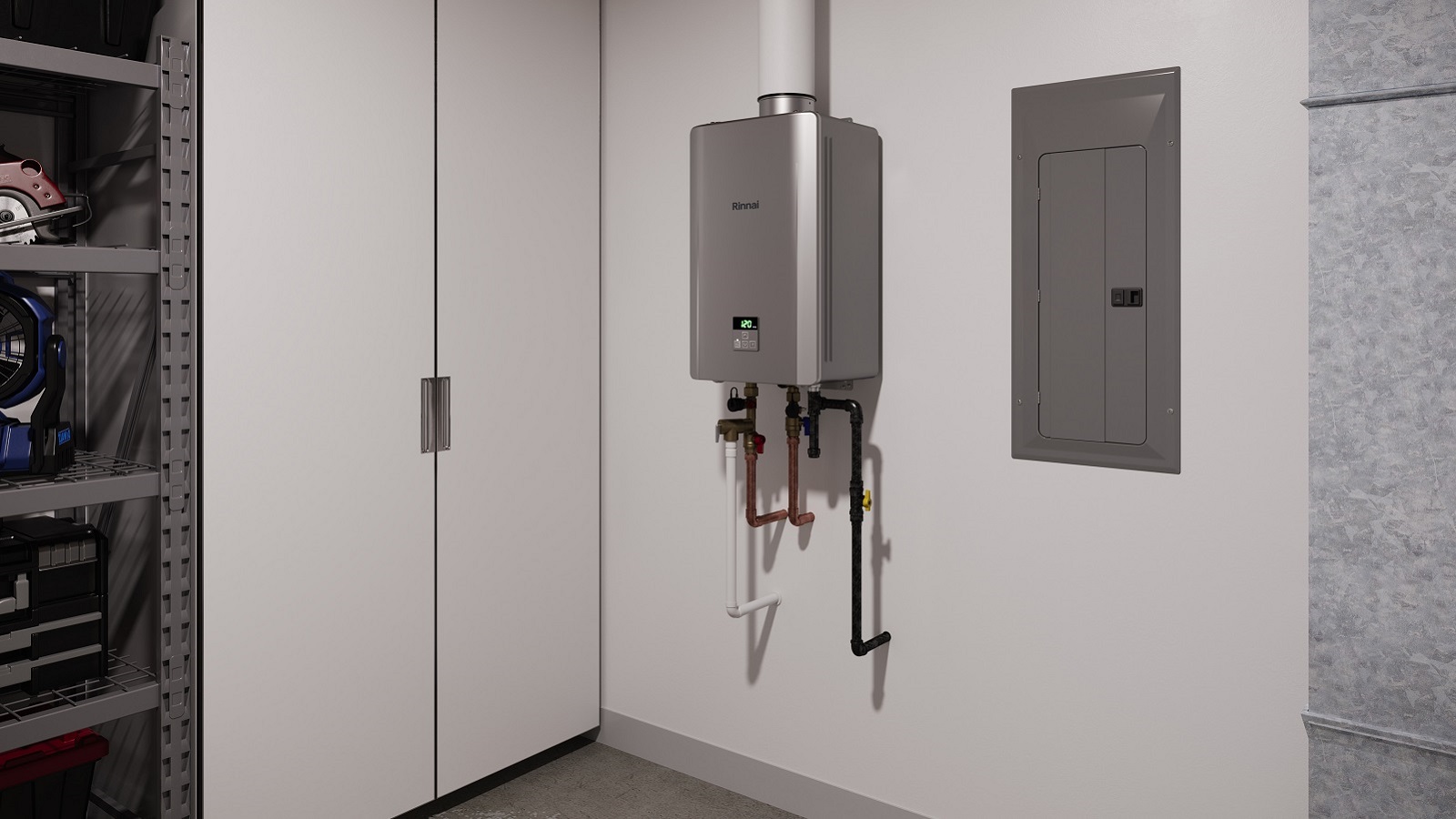


0 thoughts on “How Much Does It Cost To Run An Oil Filled Space Heater”